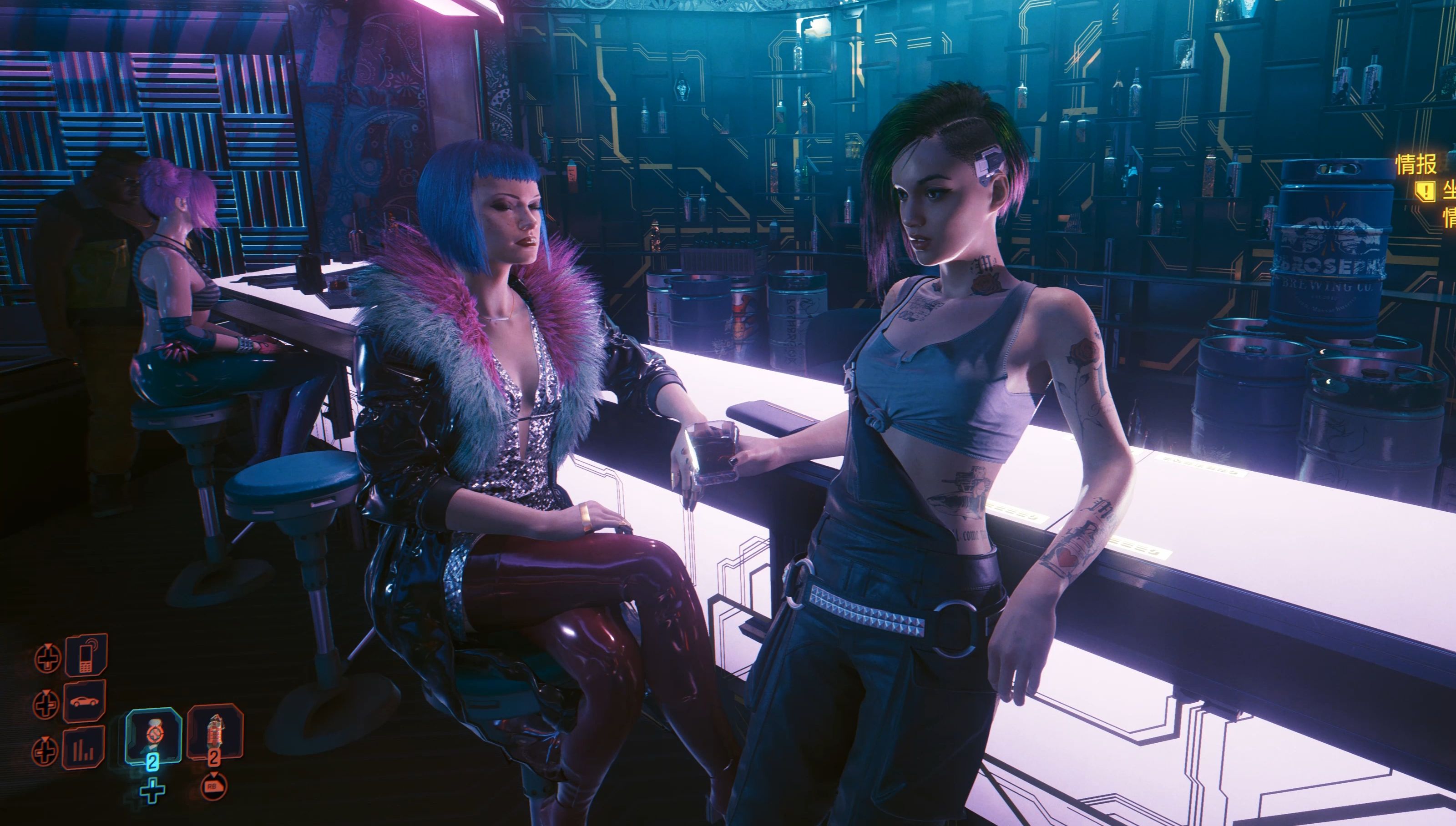Grand Theft Auto: Episodes from Liberty City Score: DLC Value
When Rockstar Games released Grand Theft Auto IV in 2008, it was hailed as a landmark achievement in open-world design, storytelling, and technical innovation. However, it was the subsequent release of Episodes from Liberty City—comprising two standalone expansions, The Lost and Damned and The Ballad of Gay Tony—that demonstrated the studio’s mastery of the downloadable content (DLC) model. Rather than offering superficial additions, these episodes delivered profound narrative depth, refined gameplay mechanics, and exceptional value, redefining what players could expect from post-launch content.
At a time when many developers treated DLC as an avenue for minor expansions—a handful of new missions, cosmetic items, or forgettable side content—Rockstar took a radically different approach. Episodes from Liberty City was conceived as two fully realized campaigns, each longer and more cohesive than most standalone games of the era. Unlike typical DLC, which often requires the base game to function, these episodes were distributed both as downloadable additions and as a standalone retail product. This flexibility allowed new players to experience Liberty City without owning GTA IV, while veterans could dive deeper into a familiar world from entirely new perspectives.
The Lost and Damned, released in 2009, places players in the leather-clad boots of Johnny Klebitz, a high-ranking member of The Lost motorcycle gang. This episode stands out for its focus on brotherhood, loyalty, and the gritty underbelly of organized crime. The narrative is tighter and more personal than Niko Bellic’s saga, emphasizing the tensions within the gang and Johnny’s struggle to maintain order amid chaos. The gameplay introduces mechanics that align with the biker theme, such as gang-focused missions where allies’ competence depends on morale, and new weapons like the grenade launcher and pipe bombs. The attention to detail—the roar of Harley-Davidson-inspired engines, the depiction of clubhouse politics—elevates the experience from mere expansion to essential storytelling.
Similarly, The Ballad of Gay Tony shifts the tone dramatically, diving into the glamorous, chaotic world of nightlife and high-stakes entrepreneurship. Through the eyes of Luis Lopez, a bodyguard and business partner to the flamboyant nightclub owner Gay Tony, players experience a Liberty City drenched in neon and excess. The episode leans into over-the-top action, featuring base jumping, helicopter raids, and explosive heists that contrast with the more grounded tone of the base game. It’s a brilliant counterpoint to The Lost and Damned’s grimness, offering a vibrant, almost satirical take on ambition and survival in a city of dreams and delusions.
What makes Episodes from Liberty City particularly valuable is how it recontextualizes the events of GTA IV. Characters from the base game, including Niko Bellic, appear in supporting roles, and key events are retold from alternate viewpoints. This narrative layering creates a richer, more immersive world where actions have consequences that ripple across different lives. For example, a heist gone wrong in The Ballad of Gay Tony is referenced in The Lost and Damned, and vice versa. This interconnectedness makes Liberty City feel like a living, breathing entity rather than a static backdrop.

From a gameplay perspective, both episodes introduced features that would later become staples of the series. The Lost and Damned popularized organized multiplayer racing and gang-vs.-gang combat modes, while The Ballad of Gay Tony added activities like club management and parachuting. These innovations weren’t just filler; they expanded the player’s toolkit and offered fresh ways to engage with the world. Moreover, the episodes refined elements criticized in the base game, such as mission structure and pacing, resulting in a more dynamic and varied experience.
In terms of content volume, Episodes from Liberty City was exceptionally generous. Each campaign offered around 10–15 hours of core gameplay, not including side missions, races, and other diversions. When combined, the two episodes provided an experience comparable in scope to a full-sized sequel—a stark contrast to the meager DLC offerings common at the time. This generosity set a new benchmark for value, forcing players and critics alike to reconsider the potential of downloadable content.
Critically and commercially, the episodes were triumphs. They received widespread acclaim for their writing, voice acting, and inventive design, with many reviewers noting that they surpassed the base game in certain aspects. More importantly, they proved that DLC could be more than a quick revenue stream—it could be a medium for artistic expression and meaningful expansion. Rockstar’s commitment to quality over quantity demonstrated a respect for the player’s time and investment, fostering goodwill that would extend to future titles.
In retrospect, Episodes from Liberty City remains a high-water mark for DLC. It showcased how additional content could enrich a game’s universe without feeling redundant or cash-grabby. In an industry now saturated with season passes, microtransactions, and incremental updates, these episodes serve as a reminder of what is possible when creativity and ambition take precedence. They weren’t just additions; they were essential chapters in the saga of Liberty City, offering unparalleled value and cementing Rockstar’s reputation as a master of its craft.















